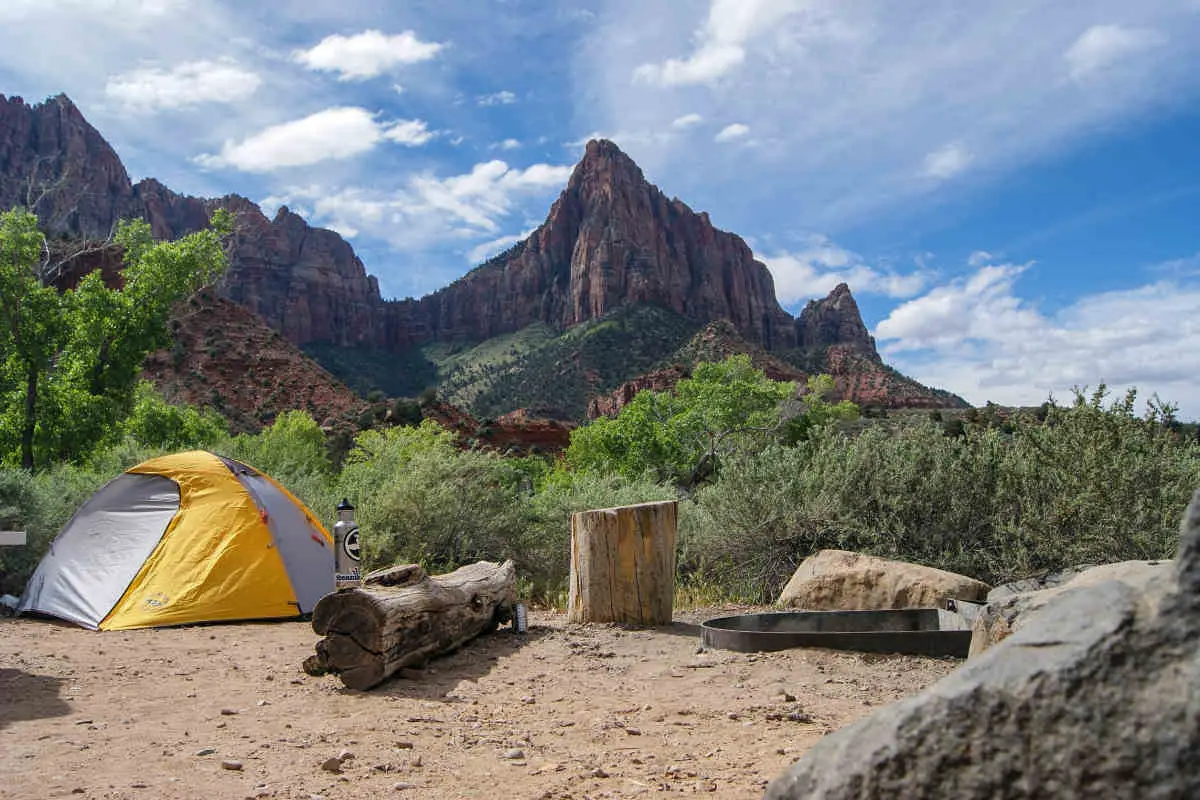
Best Freeze Dried Backpacking Food
Best freeze dried backpacking food: When it comes to backpacking and hiking, proper nutrition is crucial to fuel your adventures. In this comprehensive guide, we…


Best freeze dried backpacking food: When it comes to backpacking and hiking, proper nutrition is crucial to fuel your adventures. In this comprehensive guide, we…

Best Backpacking in Colorado: Colorado is a backpacker’s paradise, offering a diverse range of landscapes and trails for unforgettable outdoor adventures. With its soaring mountains,…

Why backpacking is the best way to travel: Backpacking has been gaining popularity in recent years as a form of travel, and for good reason.…

What are the benefits of backpacking? Backpacking is a form of outdoor recreation that involves carrying all the necessary gear and supplies in a backpack…

Best freeze dried backpacking food: When it comes to backpacking and hiking, proper nutrition is crucial to fuel your adventures.…

Best Backpacking in Colorado: Colorado is a backpacker’s paradise, offering a diverse range of landscapes and trails for unforgettable outdoor…

Backpacking in Arizona is indeed a mind-blowing experience. Arizona is a backpacker’s paradise, with some of the most breathtaking scenery…

As an outdoor backpacker, safety is always a top concern. When venturing into the wilderness, there are many potential dangers, from…

Many outdoor enthusiasts enjoy hiking as a way to experience nature and get some exercise. But is it legal to hike…

If you’re planning a hiking trip, you might be wondering whether it’s a good idea to carry a gun along…

Traveler & Editor
Joseph Benson is an architect, Forex trader, video gamer, YouTuber, blogger, aquarist, solo traveler, and ultralight helicopter enthusiast.

Travel consultant & WRITER
Cristal Butche she is the Head of Groups & Event Creative at NUCO Travel, a travel consultant with many hobbies, she base in Manchester Area

Travel manager & WRITER
Rita Ribeiro she is the head at Corporate Travel & Groups Manager. Rita is a travel consultant and have many hobbies. Rita live in Lisboa.